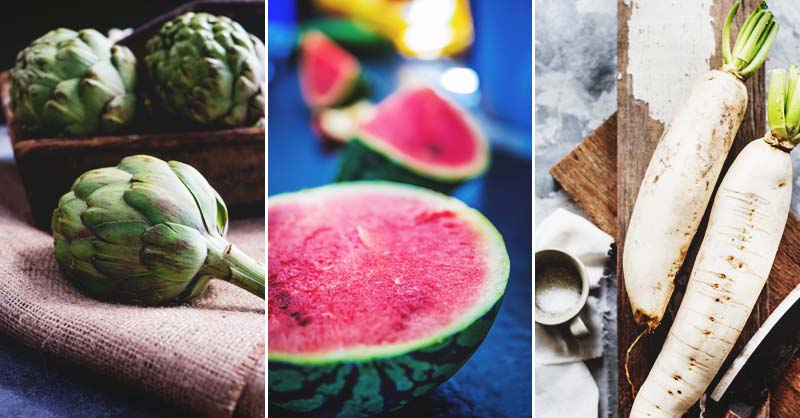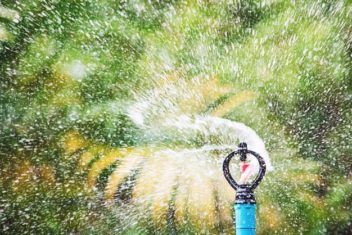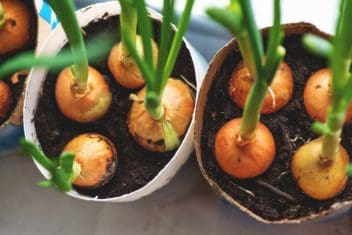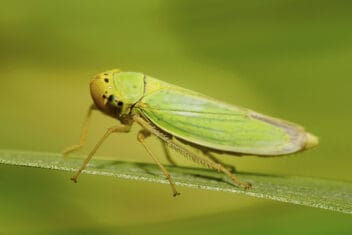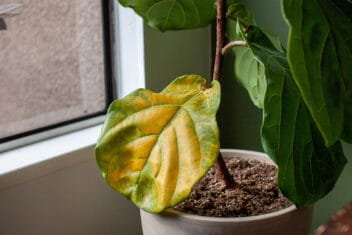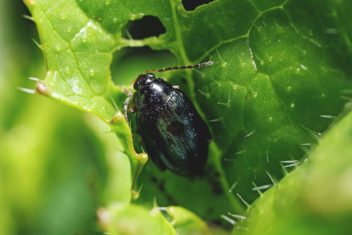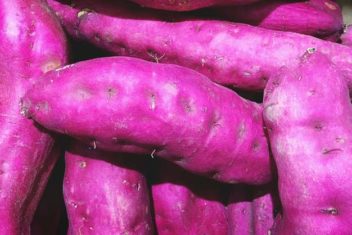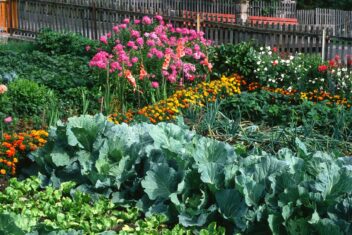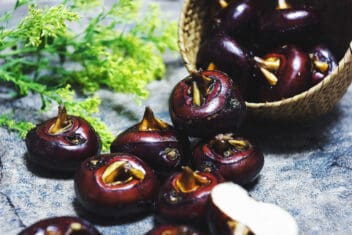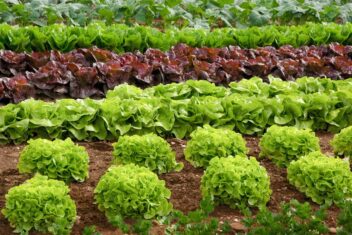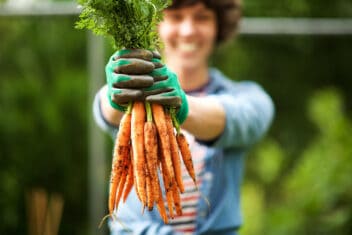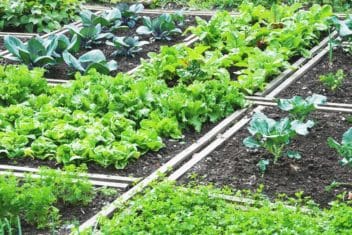Do you live in extremely cold and frigid temperatures?
I’m not talking about too much snow for your liking. I’m referencing planting zones one and two.
The people who live in these planting zones are our hardcore gardeners who grow their own food though they have brutal winters filled with snow and temperatures as low as (and sometimes lower than) -50° Fahrenheit.
These are our gardening friends who reside in certain parts of Wyoming and Alaska. Let me start by saying, you are our heroes.
It’s amazing people still grow a garden when facing such harsh elements. If you’re new to this area or curious how gardeners make it under such harsh conditions, I’m going to share a few tips on how gardeners have been making it work in these zones.
Plus, I’m going to share what can grow in planting zone one and two. Here’s what gardening can look like in these planting zones:
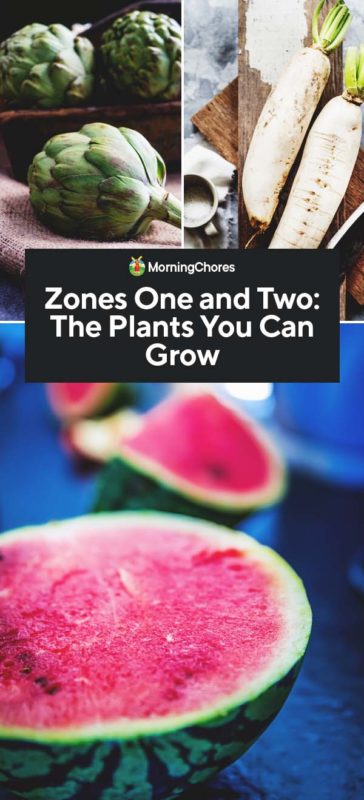
Growing Essentials in Planting Zones One and Two
If you’re residing in an area where temperatures can reach -50° Fahrenheit, you must be creative in growing crops because your growing seasons are shorter
Most plants require a head start of approximately four to six weeks before being planted outdoors.
Plus, you should have a way to protect crops in case winter shows up unexpectedly. Obviously, if you’re gardening in this area, having a space to start your seeds in your home or a greenhouse is necessary.
It’s a great idea to grow your crops in a greenhouse, using a container garden, or in a high tunnel. When growing in a high tunnel, you can leave your crops in this protected location for the entire
Remember, proper ventilation is a must when warmer temperatures do arise, but it should also help protect the crops from a sudden frost.
Hopefully, this will give you enough time to harvest the vegetables you have been growing before the ground freezes solid.
A greenhouse is another good location for growing crops under protection. It can help to extend
If you use a heat source, a greenhouse can also give you the option of year-round gardening. Cold frames are another great option for protecting your crops from a sudden frost too.
Container gardens are a nice idea because they’re portable. When the weather is nice, the plants can be moved outside.
When the temperatures begin to plummet, you can move the plants to a high-tunnel, greenhouse, or cold frame for protection from frost and freezing temperatures.
A Few Gardening Tips
As a general rule of thumb, the cooler weather crops for a spring garden can be planted from January through March.
When you begin to work towards your summer garden, the warmer weather crops will be planted between April and June.
It’s uncommon (unless working with a herb or root vegetable which takes a long time to produce) to plant anything past August because cold weather begins to move in shortly after that.
Be sure to do your research when planting anything in these zones because the elements are unforgiving. Knowing your frost dates can be vital to choosing the right time to plant.
If you plant the crops at the proper time, give them protection from the cold, keep the weeds out of the garden, fertilize properly, and water properly you should find great success with your gardens.
What Grows in Zones One and Two?
As a general rule, whatever you can get to grow in zone one will also grow in zone two. You may be under the assumption because the temperatures are cold in these locations for a more substantial portion of the year, not much will grow.
There’s actually a wide variety of crops which will grow in both zone one and two. Here’s what they are:
1. Artichokes
If you love artichoke dip, you’ll be happy to know they’re a hearty vegetable and can grow well in both zones one and two.
They can be planted twice a year. Once in the fall around August and again in late spring around April or May.
2. Asparagus
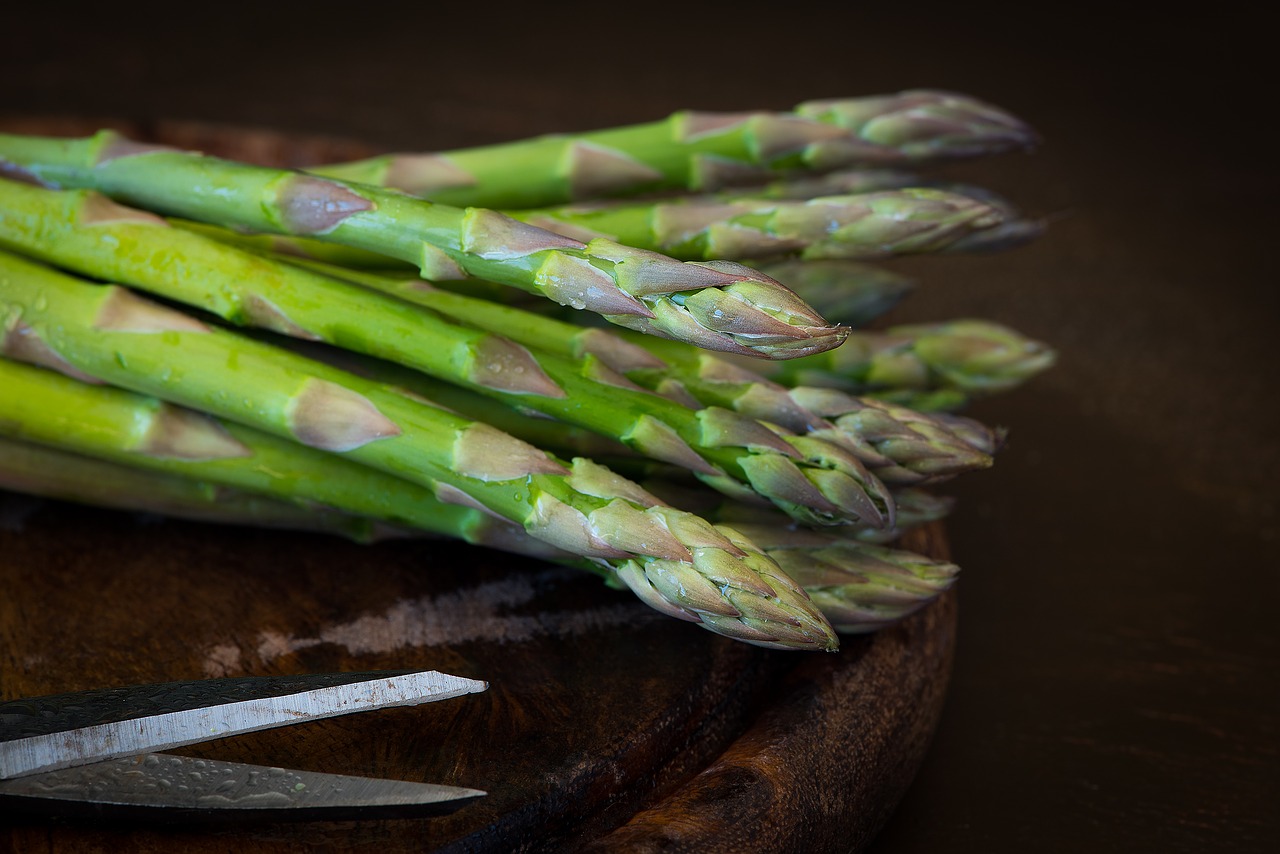
Asparagus is one of those plants you can depend on to faithfully return year after year. Though, they do take some time to become established.
Once the plants have become established, you should have a thriving bed of asparagus in no time.
3. Beans
Beans are an excellent crop to grow because you don’t need many plants to have an abundant harvest. This is great news for people who like to preserve their food.
Green beans are easy to preserve and taste delicious whether enjoyed fresh or during the middle of winter in a pot of soup.
4. Beets
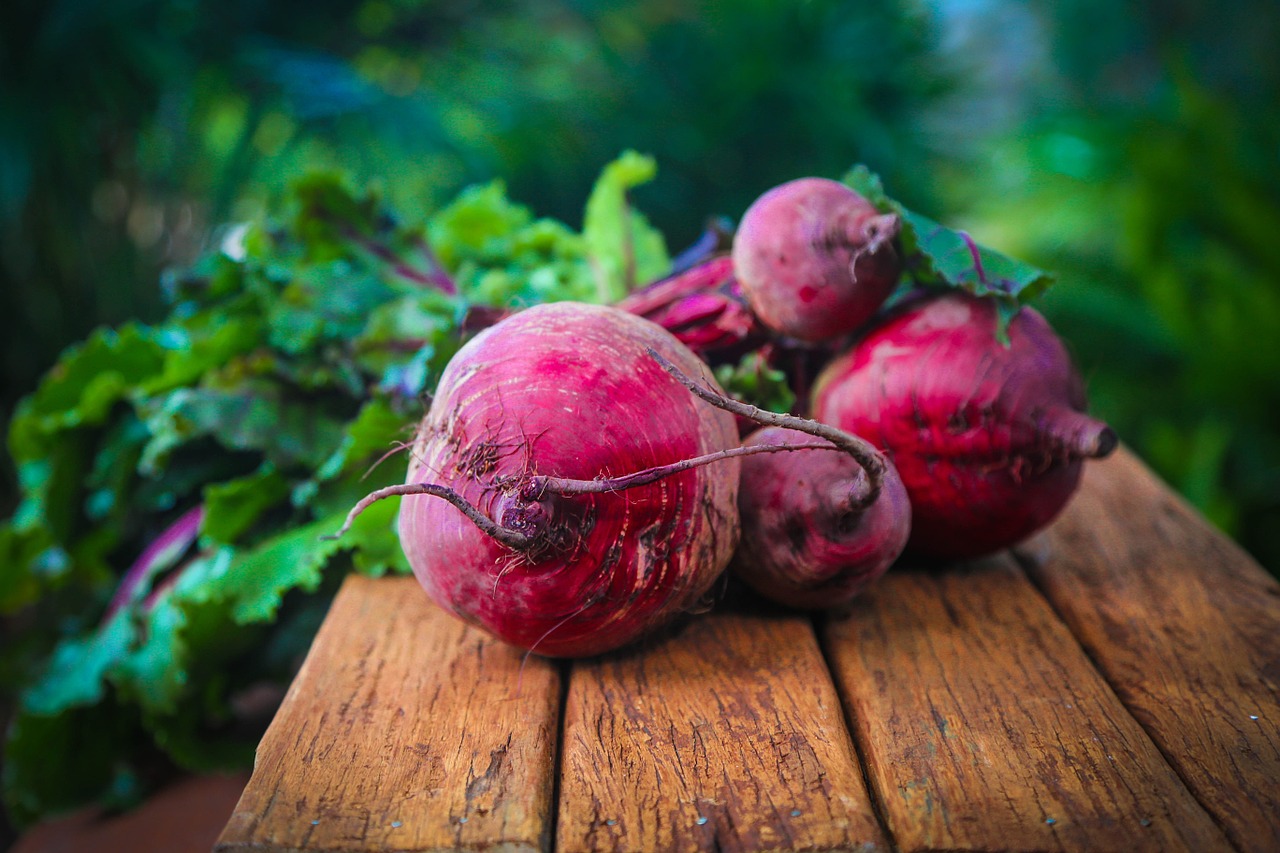
Beets are one of those vegetables you either love or you hate. If you’re someone who loves them, you’ll be glad to know they can thrive in these colder areas.
Plus, they’re delicious when canned properly. This will allow you to have a taste of summer even when it’s cold outside.
5. Broccoli
I’m a huge fan of broccoli. It tastes delicious, can be prepared in a variety of ways, and gives you a ton of wonderful nutrients.
If you love broccoli to the point you wish to grow it, go right ahead. The cooler temperatures work to its advantage.
6. Chives
Chives are a great addition to any garden because they’re easy to grow and pack a massive amount of flavor.
If you enjoy garnishing your dinner plates or soups and would like a crisp onion flavor, chives are what you should grow.
7. Corn
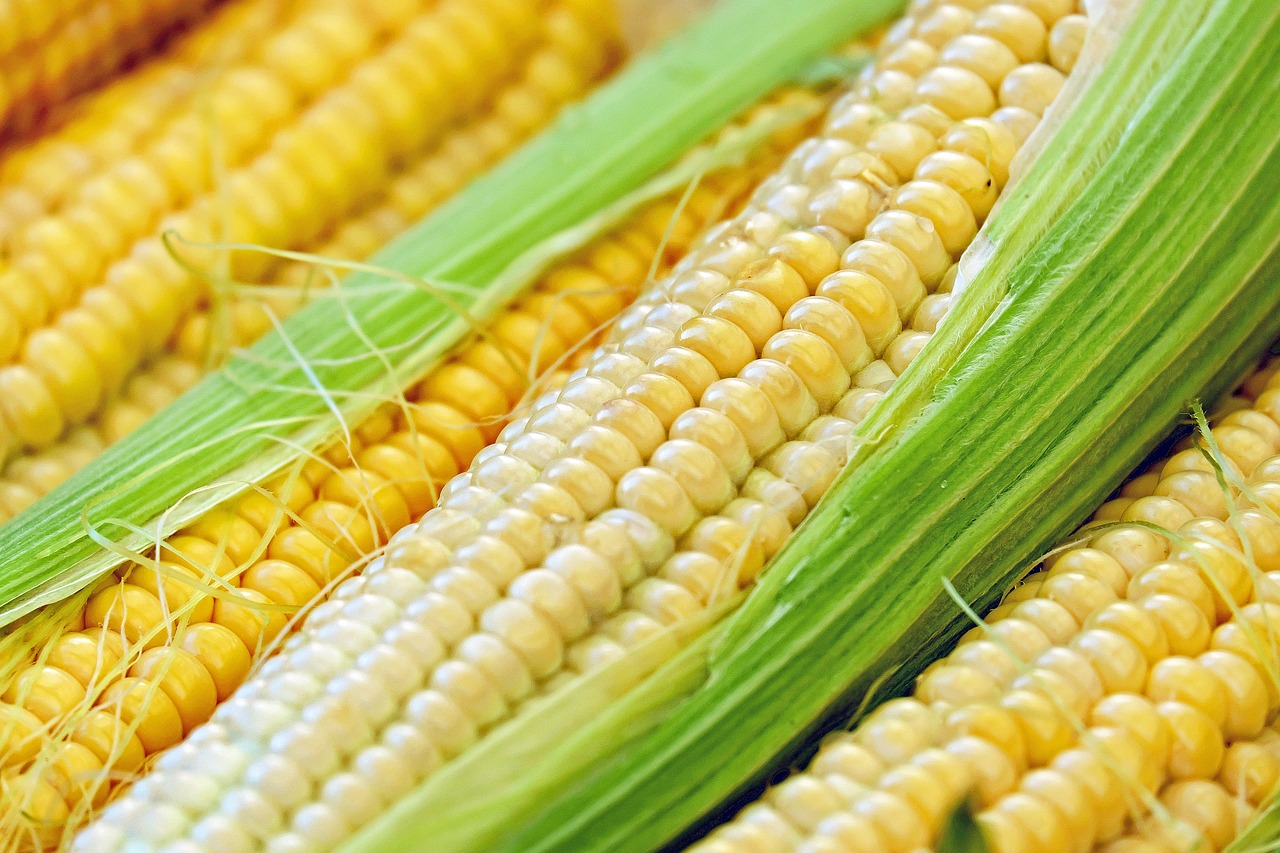
Corn is one of those wonderful crops which grow well in many conditions. You can buy different varieties to have sweet corn or even popcorn.
You can also grow it in traditional rows in your garden bed or buy a smaller variety and grow it on your patio in a container garden.
8. Brussels Sprouts
Brussels sprouts have had a bad rap for years, but if you ever try them and they’re cooked correctly, they’re delicious!
If you enjoy cabbage, there’s a high probability you’ll love Brussels sprouts too. Give them a go in your garden this year.
9. Cabbage
Whether you enjoy your cabbage in a Cole slaw, fermented, fried, or boiled, you must consider growing it in these cooler zones.
I like to grow crops which can be used in various ways. Cabbage fits the bill, and it can be preserved in many ways too.
10. Carrots
When you live in areas which get cooler weather, root vegetables are your friend. The reason being, they like cold weather and it can improve their flavor.
In the event winter pops up unexpectedly, carrots won’t be damaged by the frost. Instead, they’ll develop a sweeter flavor from it.
11. Cauliflower
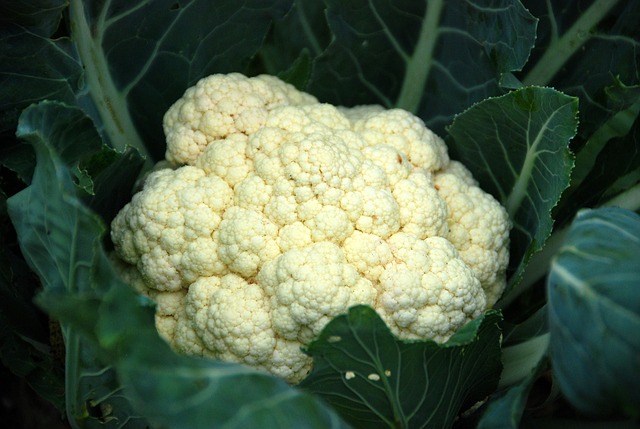
Many people shy away from growing or eating cauliflower because it looks like a boring variety of broccoli.
Cauliflower is beginning to come into its own. It can now be used to make a low-carb pizza crust or in the place of potatoes in some recipes. It’s worth saving some space for it in your garden.
12. Celery
Celery does well in cooler temperatures. Therefore, it should do extremely well in these zones. If you enjoy snacking on celery or even including it in your winter soups, it’s worth the time to include it in your garden.
You could also dehydrate it and make your own celery powder which tastes wonderful in homemade soups or on fresh cooked noodles.
13. Chard
I’m a fan of chard because I like its distinct flavor. I also love how it comes in different varieties. You can purchase seeds for green chard.
Yet, you can also purchase seeds for rainbow chard. By eating a variety of colors you’re taking in different nutrients which is important to your overall health.
14. Cucumber
Did someone say, “Cucumbers?” They’re delicious as a snack, great in a salad, and can even be used for finger food style sandwiches.
But let’s not forget the best part about cucumbers. They can be easily turned into delicious pickles. Grow as many cucumbers as you can and enjoy each new way you find to use them.
15. Garlic
Garlic has to be one of my favorite crops to grow because you stick it in the ground and forget it until harvest time.
If you’re looking for a flavorful yet low-maintenance crop to include in your garden, garlic could be where it’s at for you.
16. Kale
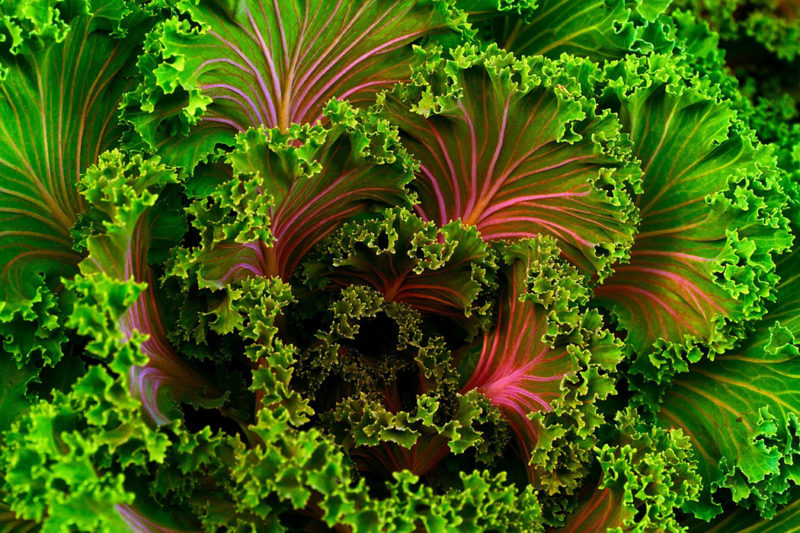
I have a slight confession to make. I’ve recently become obsessed with kale. I don’t even like it baked and salted as a healthy chip.
When I crave kale, I want it in a bowl loaded with chicken, beans, corn, Pico de Gallo, tomatoes, and as many other fresh veggies as I can fit in. It’s delicious, and for this reason, you should include it in your garden.
17. Lettuce
When growing lettuce, it’s a great idea to use succession planting. This will help you to keep a constant supply during the
If you plant all of your lettuce at one time, you’ll get a huge harvest you won’t be able to utilize before it wilts.
18. Onions
Onions are another crop I enjoy growing. They do well in a variety of climates, and once planted, don’t require a ton of extra effort.
Plus, when finished they’re easy to store in your root cellar for use all winter long. If you’d like to grow vegetables you know you’ll get good use of, be sure to add onions to the list.
19. Parsley
Do you want to start an herb garden in planting zone one or two? Be sure to include parsley in the herbs you’d like to explore.
Parsley is a hearty herb and boasts a nice flavor as well. If you grow parsley, you could dehydrate it for dried herbs when cooking or use it when it’s freshly harvested to top off a variety of dishes.
20. Peas
My biggest complaint with peas is you must watch the weather constantly. If it warms up too quickly, it can damage your harvest.
However, when raising peas in zone one and two, this doesn’t seem to be as much of a concern. If you grow too many, you can freeze or preserve your leftovers.
21. Parsnips
Are you looking for a root vegetable which will do well in your container garden? Consider growing parsnips.
Containers give them room to spread out and grow deep because the soil is loose. They store well in root cellars too.
22. Peppers

Do you enjoy
Peppers are great when grown in a traditional garden, raised beds, or container gardens. They’re delicious when pickled too.
23. White Potatoes
The good news for gardeners in planting zones one and two is you can grow white potatoes and do quite well with them.
However, don’t get carried away and plant sweet potatoes because they don’t do well in either planting zones.
24. Radishes
Radishes are the highlight in most gardens. It isn’t because they’re a miraculous superfood. Instead, it’s because they grow fast and do well in almost any climate.
You can grow radishes year-round in planting zone one, and they only take approximately 30 days to be ready to harvest.
25. Rhubarb
I love rhubarb. It’s one of the few vegetables you can mix with fruit and turn it into a delicious dessert.
If you’d enjoy growing rhubarb, you’ll be happy to know it thrives in these planting zones. Happy days have come because you can enjoy a homegrown strawberry rhubarb pie.
26. Tomatoes
When we picture a tomato growing, it’s usually in a warm climate with lots of sunshine. Therefore, it may surprise you, tomatoes grow well in zones one and two.
If you’ve been craving a delicious homegrown tomato on your salad, your burger, or for a sandwich, you’re in luck because you can grow your own during the summer months in these zones.
27. Spinach
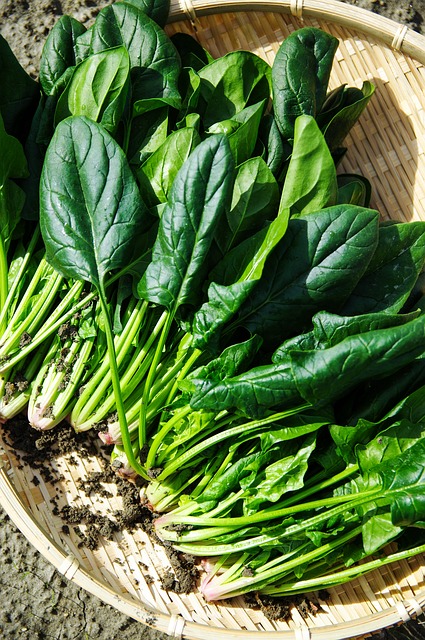
If you’ve decided to grow artichokes, you might as well grow spinach and complete your delicious homemade spinach and artichoke dip.
Spinach is easy to grow, is hearty, and would be a great greenhouse crop even in these cooler temperatures.
28. Turnips
Growing turnips is a worthwhile experience because you get to enjoy a large harvest filled with variety from one plant.
When turnips produce, you can harvest both the leafy greens on top of the plant and the turnips growing beneath the ground too. If you want more bang for your buck, turnips are where it’s at.
29. Squash
The summer months are upon you, and you have the desire to enjoy fresh, delicious squash. The good news is you can grow it in these zones.
Plus, one squash plant provides quite a harvest. Whether you live in an area with a large amount of gardening space or a smaller amount of space, you should consider raising squash in your garden.
What Can Only be Grown in Zone Two
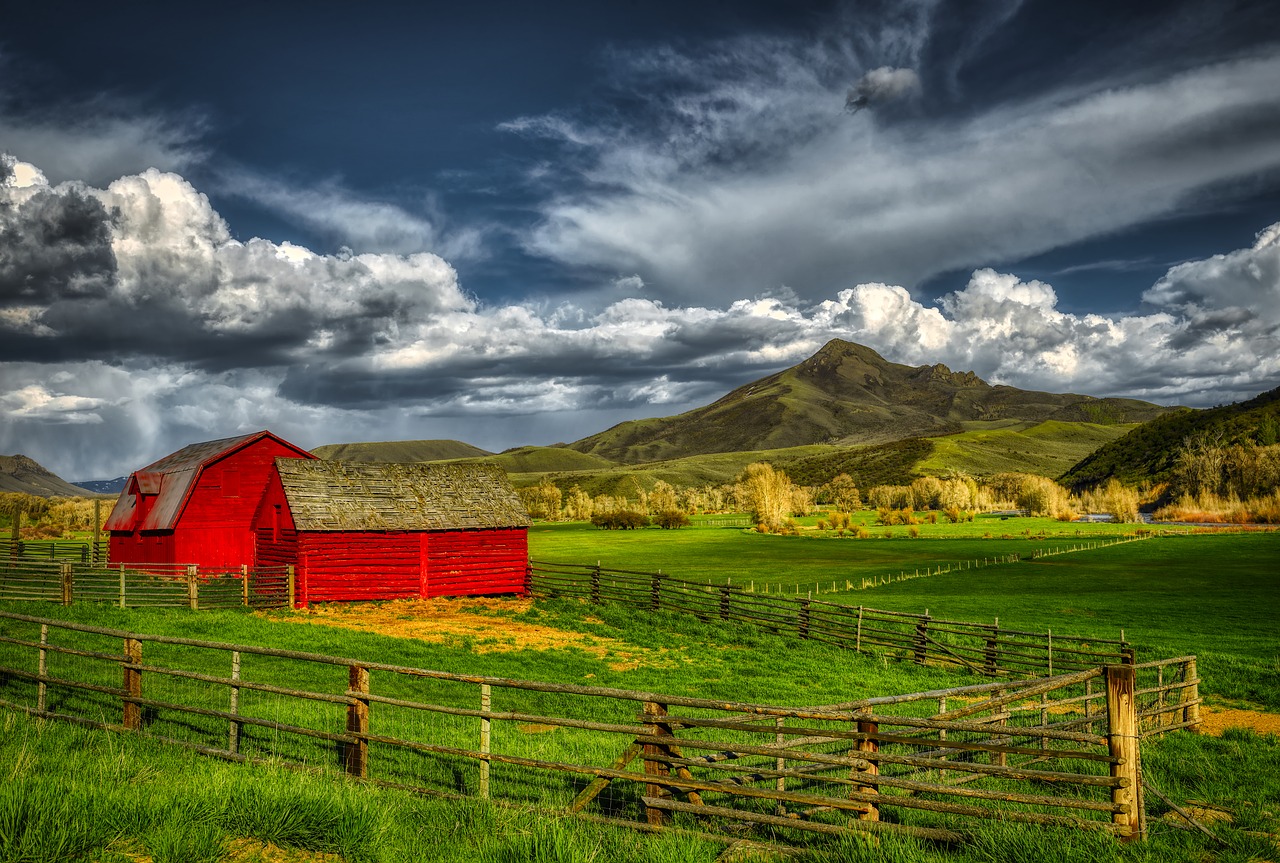
I’ve shared a variety of crops which grow in both planting zones one and two. However, there are still more crops to cover.
Some of them can’t survive the extreme cold of planting zone one, but they can do well in a slightly warmer climate which planting zone two offers.
Here are the crops which thrive in zone two and above:
- Cantaloupe
- Eggplant
- Watermelon
You now know the variety of plants which grow best in both planting zones one and two. You’re also aware of the handful of plants which do best in planting zone two only.
Whether you’re a new gardener in these planting zones or someone trying to learn more about gardening across the country, hopefully this will give you some insight into what works best for this area.
It certainly gives me a healthy appreciation for the effort all gardeners put into their gardens each year by figuring out what to plant and how to overcome the challenges in each planting zone.

